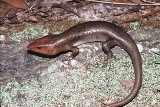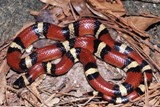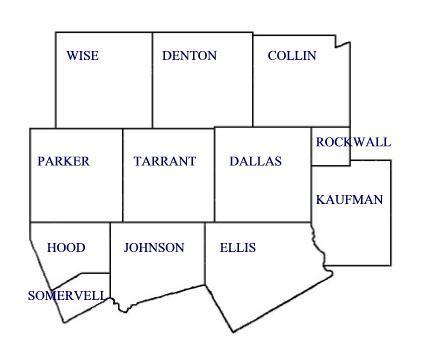|
INTRODUCTION |
In 1964, the John K. Strecker Herpetological Society began its brief existence (disbanded in 1966). During its short life, this society published The Reptiles and Amphibians of Dallas and Tarrant Counties, Texas (Dial & Smith, 1964). It was hoped that future editions would be produced to give more complete and accurate information. This website is intended to fulfill that goal and also to include information on the surrounding counties of Collin, Denton, Ellis, Hood, Johnson, Kaufman, Parker, Rockwall, Somervell, and Wise. Descriptions of the various habitats found in these Metroplex counties are located in the first portion of the text. Maps are included to show the boundaries of each habitat. These boundaries continue to be modified due to the alteration by agriculture and urbanization. Also, small isolated patches of habitat are not always indicated. In some cases transition between habitats is so gradual that it is difficult to determine which the representative area is. The remainder of this book consists of species accounts. The accounts are arranged taxonomically with accounts for class, order, family, and species. The names used follow the sixth edition of Scientific and Standard English Names of Amphibians and Reptiles of North America North of Mexico, with Comments Regarding Confidence in our Understanding (Moriarty, 2008). The first section under the name of the species is status. Status indicates the relative abundance of the species being observed or collected. This does not reflect the actual numbers of a species present as some species may be more difficult to collect or observe due to secretive habits or cryptic colorations. For example, the lesser siren's true numbers are concealed by difficulties in collecting this entirely aquatic species. Relative abundance is indicated as follows: Abundant: Applied to any species that can be observed or found daily with search in the appropriate habitat and under proper conditions. Common: Applied to species that can be observed or found ten or more times a year when searched for in appropriate habitat and under proper conditions. Uncommon: Applied to species that can be observed or found less than ten times a year when searched for in appropriate habitat and under proper conditions. Rare: Applied to species that are found two or less times in a two year period when searched for in appropriate habitat and under proper conditions. Very rare: Applied to species that have only one or two records ever documented or observed in area when searched for in appropriate habitat. The heart of this website comes from members of various herpetological organizations and persons interested in studying amphibians and reptiles of the Metroplex. Without their observations and collection data, specific and general localities would not be possible. Observations are recorded from the various counties within the metroplex. Many of these observation records have not been documented. These localities have been compiled over several years, therefore many areas have been drastically altered due to urbanization. The biogeography picture is by no means complete. There are many areas still in need of investigation, especially in Ellis and Johnson Counties. Counties with documented voucher specimens have been listed. The Collection of Vertebrates from the University of Texas at Arlington and Amphibians and Reptiles in Texas (Dixon, 2000) were used to confirm the county records. The normal habitat for each of the amphibians and reptiles in the counties is indicated under the various species headings. Some species are almost completely confined to a particular habitat, while others are more generally distributed. Occasionally animals are introduced into another habitat by humans. These introductions are indicated where known. Many of the habitats in the Metroplex counties have been altered so drastically that some reptiles and amphibians have become extirpated or have become rare.
|
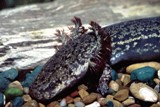
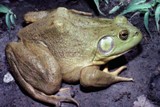 DFW HERPS
DFW HERPS 